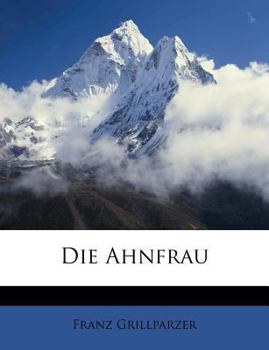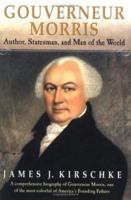Die Ahnfrau
This is a reproduction of a book published before 1923. This book may have occasional imperfections
such as missing or blurred pages, poor pictures, errant marks, etc. that were either part of the original artifact,
or were introduced by the scanning process. We believe this work is culturally important, and despite the imperfections,
have elected to bring it back into print as part of our continuing commitment to the preservation of printed works
worldwide. We appreciate your understanding of the imperfections in the preservation process, and hope you enjoy this valuable book.
++++
The below data was compiled from various identification fields in the bibliographic record of this title. This data is provided as an additional tool in helping to ensure edition identification:
++++
Die Ahnfrau
Franz Grillparzer
Frederick William Justus Heuser, George Henry Danton
H. Holt and Company, 1907
Drama; General; Drama / Continental European; Drama / General
such as missing or blurred pages, poor pictures, errant marks, etc. that were either part of the original artifact,
or were introduced by the scanning process. We believe this work is culturally important, and despite the imperfections,
have elected to bring it back into print as part of our continuing commitment to the preservation of printed works
worldwide. We appreciate your understanding of the imperfections in the preservation process, and hope you enjoy this valuable book.
++++
The below data was compiled from various identification fields in the bibliographic record of this title. This data is provided as an additional tool in helping to ensure edition identification:
++++
Die Ahnfrau
Franz Grillparzer
Frederick William Justus Heuser, George Henry Danton
H. Holt and Company, 1907
Drama; General; Drama / Continental European; Drama / General
Format:Paperback
Language:English
ISBN:1248861221
ISBN13:9781248861226
Release Date:April 2012
Publisher:Nabu Press
Length:344 Pages
Weight:1.36 lbs.
Dimensions:0.7" x 7.4" x 9.7"
More by James J. Kirschke
Customer Reviews
5 customer ratings | 5 reviews
There are currently no reviews. Be the first to review this work.





















